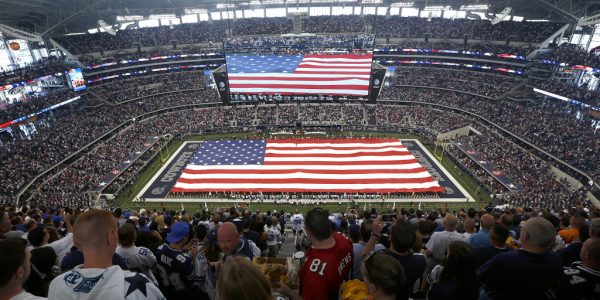11 NFL Stadiums have opened since 2002, coincidentally 8 of them the home of NFC teams. Four of them have retractable roofs, two have fixed roofs, and one of them being the only NFL stadium shared by two teams (MetLife), although another (Levi’s Stadium) was also thought of as a home to two teams in the Bay Area, the 49ers and Raiders.
CenturyLink Field in Seattle, Washington: July 28, 2002
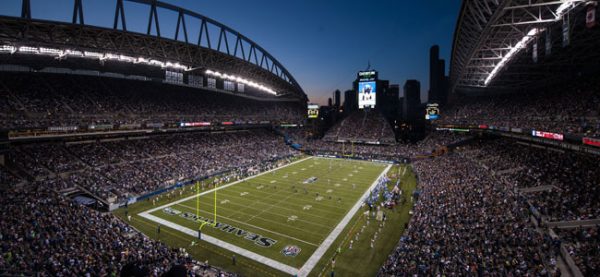
Home to the Seattle Seahawks and the MLS’ Seattle Sounders, CenturyLink began as Seahawks Stadium, before 8 years as Qwest Field. It has a capacity of 69,000, with 69,055 attending the game against the Pittsburgh Steelers last season, a record in the venue. It was the first in the NFL to implement a FieldTurf artificial field.
Ford Field in Detroit Michigan: August 24, 2002

Home of the Detroit Lions, Ford Field has a capacity of 65,000 (which is expandable to 70,000) and hold up to 80,000 in basketball games. It’s one of the nine venues in the NFL that has end zones in the east and the west. The natural light is not a distraction to the players in a day game, because the light only reaches as far as the sidelines, leaving the field still properly lit with the combination of artificial stadium lighting and sunlight.
NRG Stadium in Houston, Texas: August 24, 2002
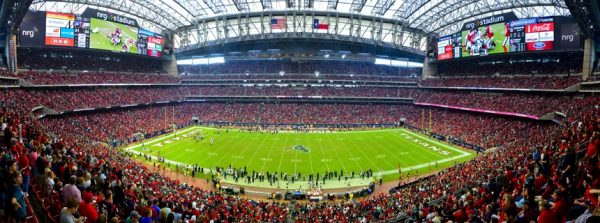
Known as Reliant Stadium until 2013, NRG is the home of the Houston Texans and is part of NRG Park, which includes the Astrodome among other venues. It is the first NFL facility with retractable roof, and will host Super Bowl LI to conclude the 2016 season. It has a capacity of 71,795 for football games.
Gillette Stadium in Foxborough, Massachusetts: September 9, 2002
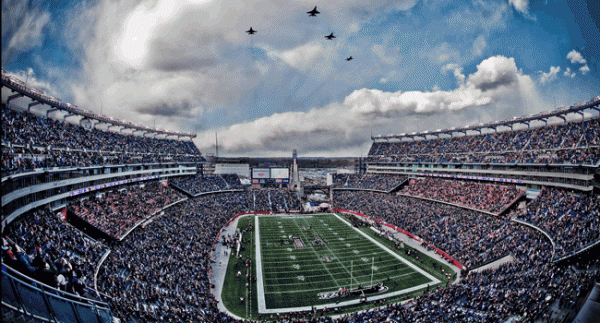
Home of the New England Patriots, Gillette has a capacity of 66,829, slightly smaller than its initial capacity. While the stadium hosted a soccer game in May 2002 as its first official event, the grand opening was four months later, when the Patriots unveiled their Super Bowl XXXVI championship banner before a Monday Night Football game against the Pittsburgh Steelers.
Lincoln Financial Field in Philadelphia, Pennsylvania: August 3, 2003

The only stadium opened in 2003 (as opposed to 4 the previous year), The Linc replaced Veterans Stadium, which was the home of the Eagles and other sports franchises in the city from 1971. When the stadium opened, the Eagles imposed a ban on hoagies and cheesesteaks being brought into the stadium, citing security concerns. The ban only lasted one week. It has a capacity of 69,176.
University of Phoenix Stadium in Glendale, Arizona: August 1, 2006
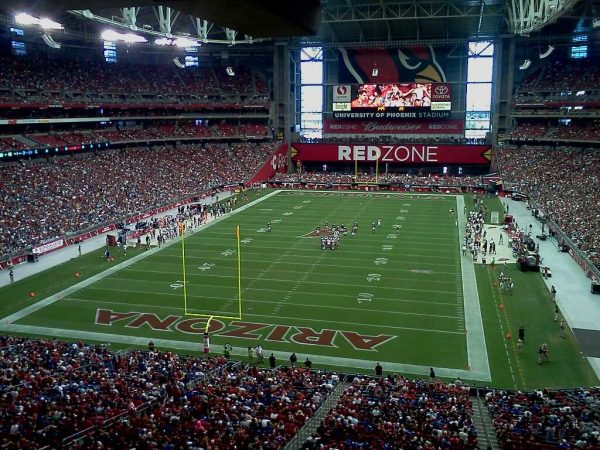
The name Cardinals Stadium lasted for two months before the naming rights were bought. With a capacity of 63,400 (expandable to 72,200; standing room to at least 78,600), it’s one of the most used venues in the United States for big sporting events: Two Super Bowls, two BCS championship games, one College Football Playoff championship game, and will also host the Final Four in 2017.
Lucas Oil Stadium in Indianapolis, Indiana: August 16, 2008
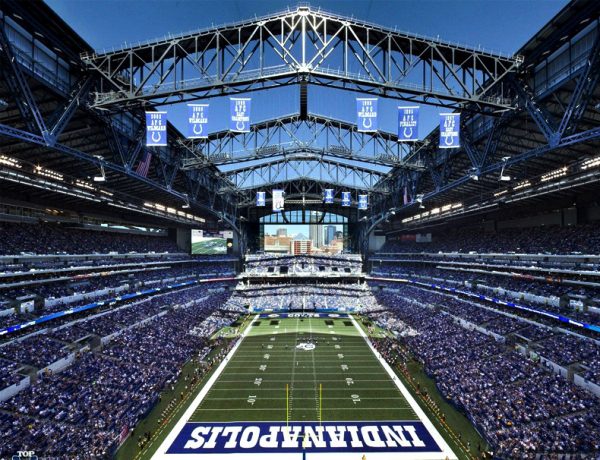
The House That Manning Built, a nickname that’s not so relevant anymore, replaced the RCA Dome, built very closely to were the previous stadium stood. It has a capacity of 62,421 (expandable to 70,000), and has hosted one Super Bowl during its run, with two Final Fours also on its resume, and a third to be added in 2021.
AT&T Stadium in Arlington, Texas: May 27, 2009

The home of the Dallas Cowboys and also known as Cowboys Stadium until the naming rights were handed to AT&T for $17-19 million a year. It has a capacity of 80,000, but that can be expanded, and the record attendance is still from the 2009 game against the New York Giants, with 105,121 in attendance. It’s hosted a Super Bowl, the College Football Playoff Championship game, and the 2014 Final Four.
MetLife Stadium in East Rutherford, New Jersey: April 10, 2010
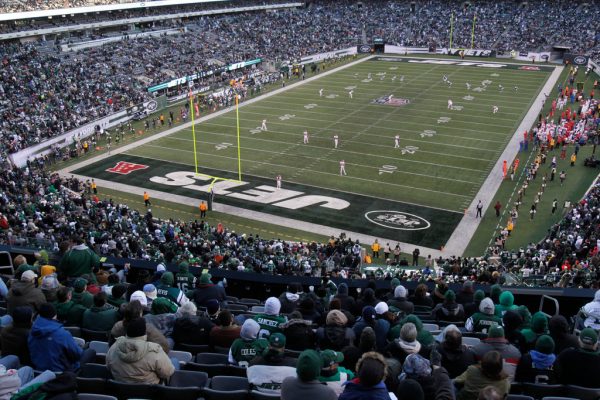
The stadium opened in 2010 as the New Meadowlands. It’s the only NFL stadium with two tenants, the New York Giants and New York Jets. It cost $1.6 billion to build, the most expensive stadium ever built. It hosted Super XLVIII, with the failed Mass Transit Super Bowl plan created for it, failing at providing a good service for the huge amount of fans making their way to the stadium and the region. It has a capacity of 82,566.
Levi’s Stadium in Santa Clara, California: July 17, 2014
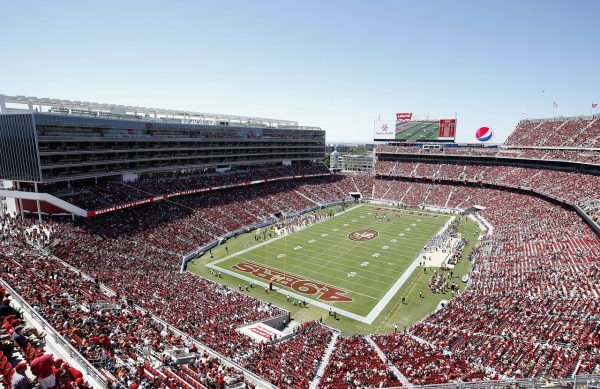
The home of the San Francisco 49ers, it has a capacity of 68,500, expandable to 75,000. Last season’s Super Bowl was held in it, and it’ll host the 2019 College Football Playoff championship game. It was originally proposed that the Oakland Raiders would share the stadium with the 49ers, but the 49ers moved forward selling luxury suites, while the Raiders remained undecided, and despite Roger Goodell pushing for it, it’s more likely the Raiders will leave Oakland than becoming roommates with the 49ers.
U.S. Bank Stadium in Minneapolis, Minnesota: July 22, 2016

Replacing the Metrodome (and built on its remains), U.S. Bank Stadium is the home of the Minnesota Vikings. The Vikings will play their first regular season home game there on September 18, 2016, facing the Green Bay Packers. The stadium will host Super Bowl XLII, and a year later the NCAA Final Four will be held there. It has a capacity of 66,200, but expandable to 73,00 for the Super Bowl, an to go past the 70,000 minimum demand for the Final Four.
